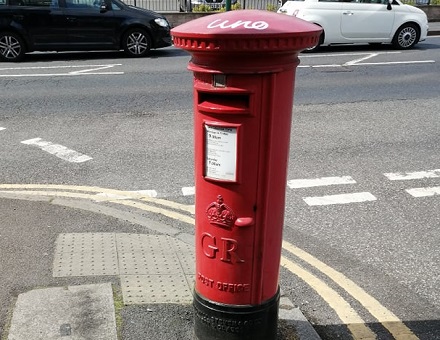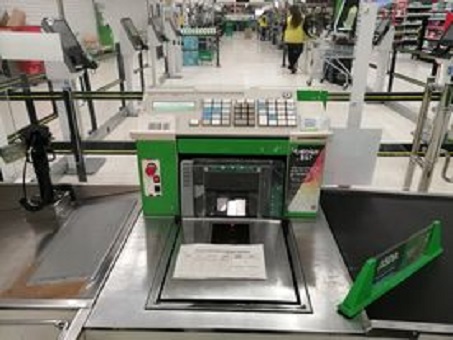The story of Royal Mail

The growth of online shopping means that efficient delivery services are essential for the economy. Not only is Royal Mail back in fashion, but in demand with profits increasing by 194% in the year ending in 2021 compared to the previous year. This was mainly due to an increase in its parcels business.
It all started in 1512 when King Henry VIII appointed a Master of the Posts to organise deliveries from the Court. In 1635 King Charles I made the service available to the public.
Post boys would transport mail on horseback, and sometimes on foot. It was slow and sometimes dangerous and not unknown for the poorly paid post boys to help themselves to anything worth taking.
Letters were taken to a “post” where they were sorted and passed on to the next post boy. Each town was expected to have three horses available to transport the king’s letters at short notice.
In 1661 fixed rates were introduced, but it wasn’t until 1784 that mail coaches appeared bearing a Royal Mail livery. Armed guards were introduced to protect the stagecoaches from Highwaymen.
A national network meant that the UK adopted a single uniform time zone – until then the time of day varied slightly from place to place.
By the end of the seventeenth century mail ships started to be used to transport mail to and from the colonies.
In 1830 the first mail train started to be used, originally between London and Manchester. Ten years later the first postage stamp, the Penny Black, was introduced and the postal service became affordable for all. So the Royal Mail really started to take off.
As Britain was the only country in the world to have such a service, there was no need for the stamps to bear the name of the country, a tradition that continues in the UK to this day. When the Penny Black was introduced, so too was the system of payment by the sender according to the weight of the letter regardless of the distance involved. Previously the postage was paid by the recipient.
Further innovations followed – the pillar box in 1852, the Post Office Bank in 1861,the telegraph in 1870 and airmail in 1911.
In 2013 Royal Mail was privatised. It continues to be bound by the Universal Service Obligation under which it must offer a six days a week delivery service to every address in the UK.

